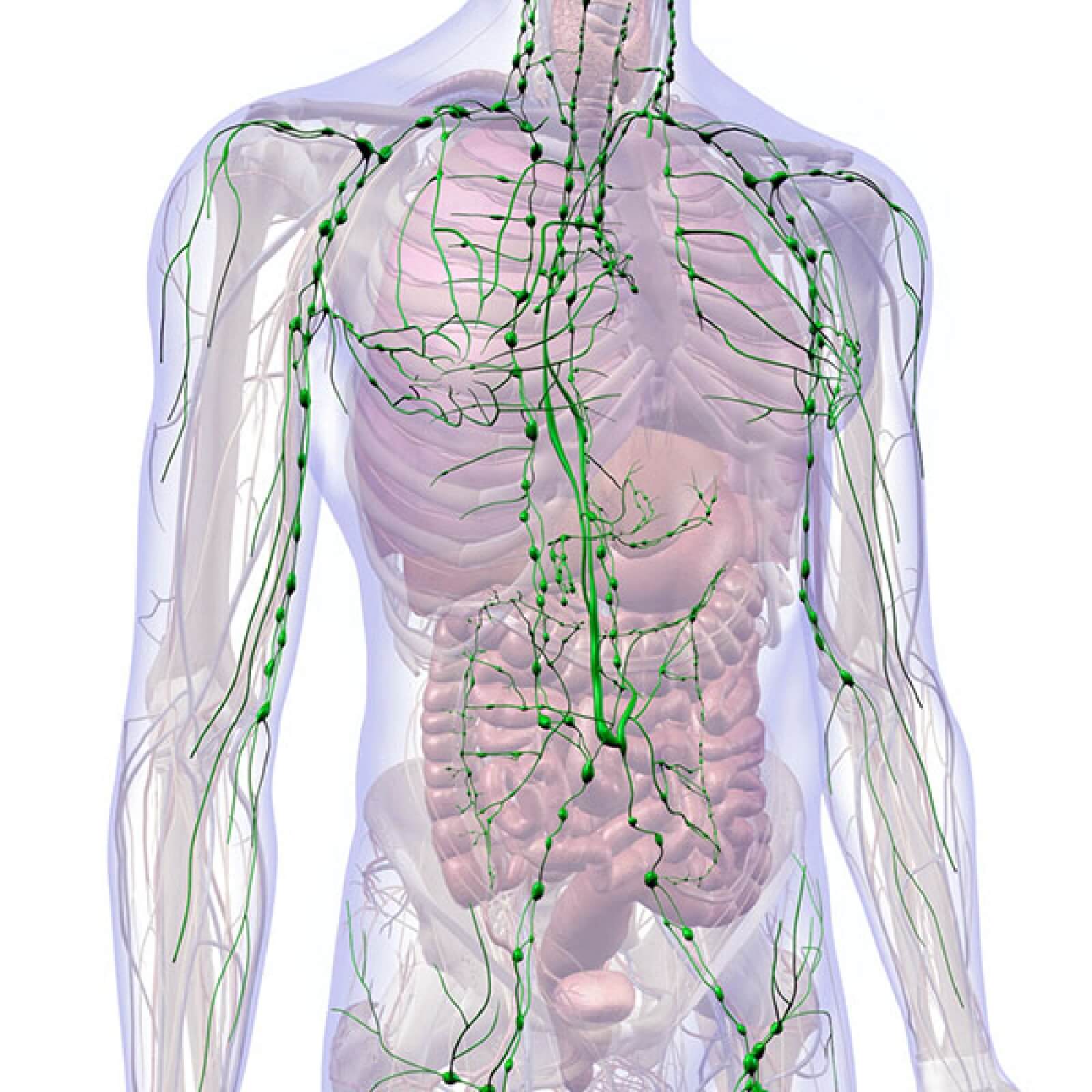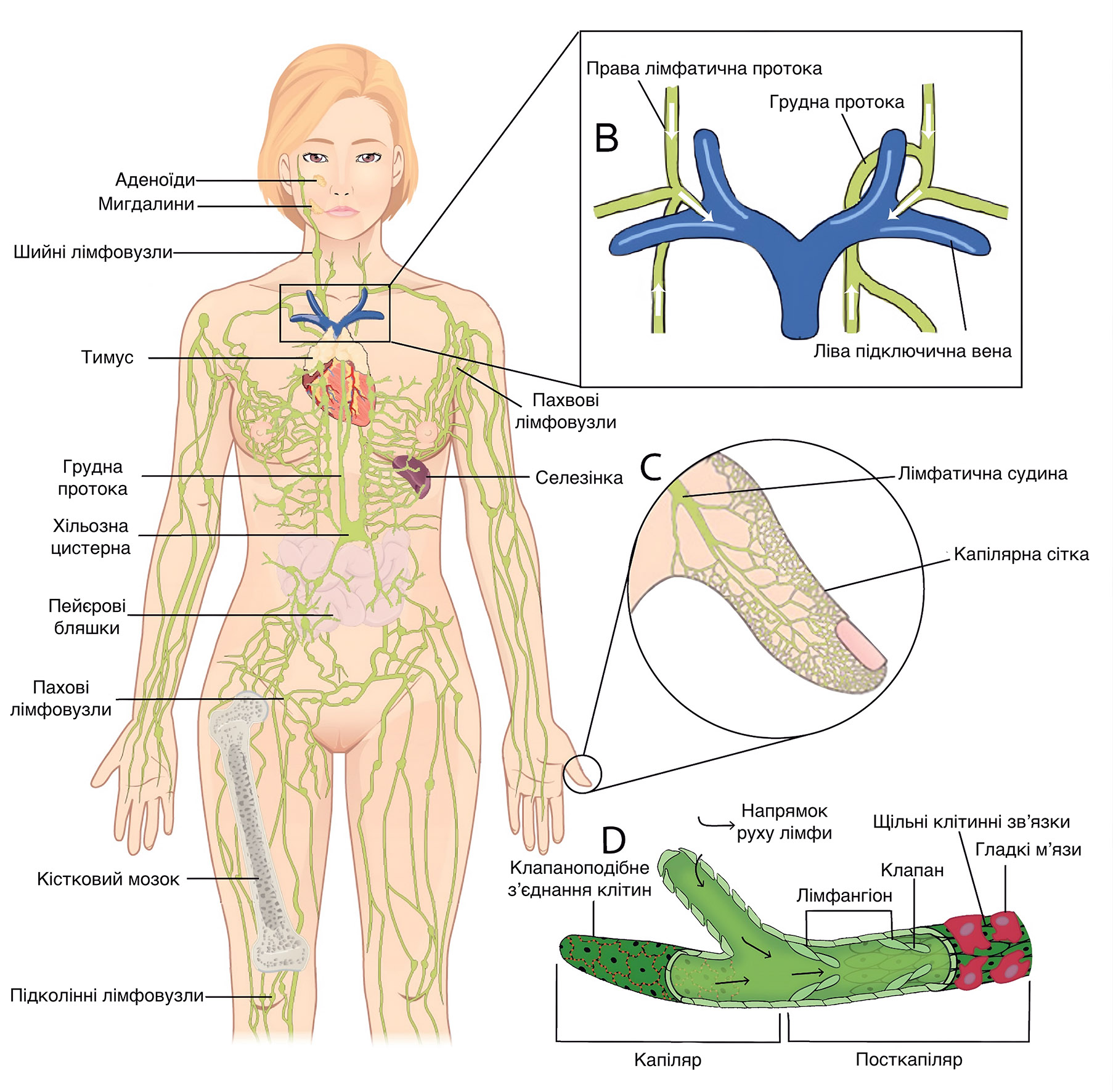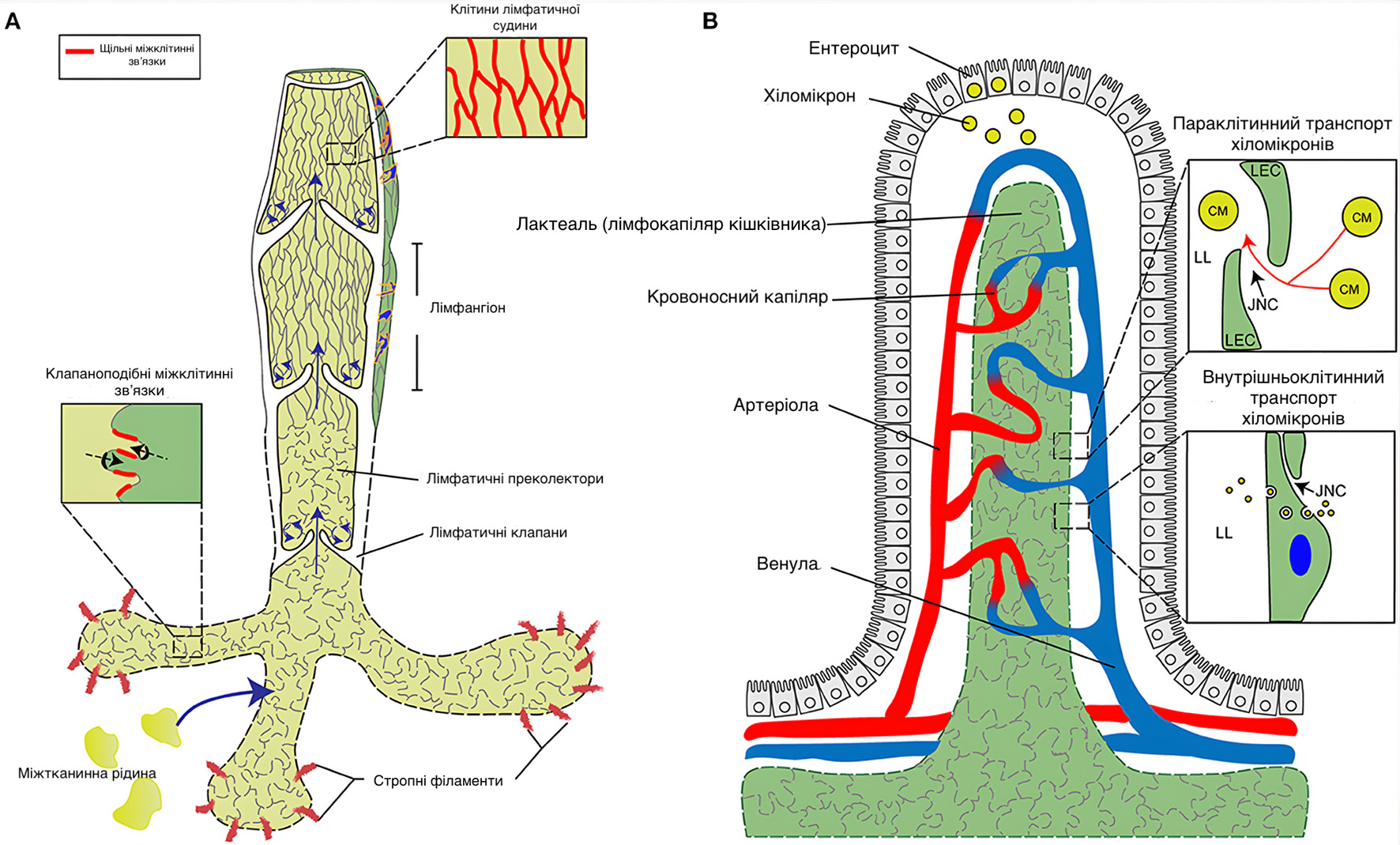- Varicose veins treatment in Kyiv
- Varicose veins treatment in Zaporizhzhia
- Edema and lymphostasis treatment
- Myths about varicose veins
- Massage and varicose veins
- Treatment of varicose veins with hydrogen peroxide
- Veins ache and pull blood vessels
- Can I treat varicose veins with pills?
- Treatment for varicose veins with leeches and bees. Benefit or harm?
- Is it possible to get rid of varicose veins with the help of gels and ointments?
- After 70 years, is it too late to treat varicose veins?
- Do mud baths help with varicose veins?
- Is it possible to get rid of varicose veins with compression knitwear?
- If you make an "open" operation - varicose veins will never appear again. Is it so?
- Are ugly scars and scars left after the operation to remove varicose veins?
- Is varicose veins treatment a long and painful process?
- Is it possible to get rid of varicose veins completely and forever?
- Varicose veins cannot be treated in the summer. Is it so?
- Do you need to go to a surgical hospital for vein surgery or not?
- After removal of varicose veins, the load on healthy veins increases. Is this so?
- Is it possible to play sports after surgery to remove varicose veins?
- Only the elderly suffer from varicose veins?
- Wearing compression hosiery causes muscle atrophy or not?
- Remove veins or not?
- How is the outflow of blood after vein removal?
- Thrombophlebitis treatment
- Nonresident patients
- All about varicose veins
- The risk of complications of varicose veins | Trophic ulcers and no panic
- Causes and symptoms of varicose veins
- Diagnosis of varicose veins
- Stage of development of varicose veins
- Gymnastics and prevention of varicose veins
- Diet for varicose veins
- Why is varicose veins dangerous?
- Treatment of varicose veins of the lower extremities
- Varicose veins and pregnancy
- Varicose disease - what will happen if not treated?
- Varicose symptoms
- Complications of endovenous treatments
- Post-thrombotic disease
- What is phlebology?
- Complications of varicose veins
- All about sclerotherapy
- Vascular diseases
- Treatment results in AngioLife
- Questionnaires and tests for patients and doctors
- For doctots
- Public contract
Lymphatic system
- Home
- Lymphostasis
- Lymphatic system

In the human body there are many important organs and "organ systems". Cardiovascular, nervous, humoral, respiratory, digestive, osteoarticular, muscular and other systems of organs that form the whole human body.
The cardiovascular system can conditionally be divided into:
a heart that performs a pumping function;
arterial system - due to which blood, saturated with oxygen and nutrients, is carried to organs and tissues;
venous system - which includes vessels, blood, in which it gives away nutrients and oxygen to organs and flows from them to the lungs;
lymphatic system - responsible for the movement of interstitial fluid and providing an immune response.
All these systems maintain the constancy of the internal environment of the body, provide conditions for its normal functioning.
The lymphatic system is the most poorly understood and mysterious among others, but one of the most important in its significance and function!
The lymphatic system is part of the cardiovascular system, which is not a closed system. It consists of lymphatic vessels and lymphoid organs.
Lymphatic vessels are divided into: capillaries, vessels, trunks and ducts that flow into the venous bed at the level of the venous angle (formed between the jugular and subclavian veins).
The organs of the lymphatic system include:
- Lymph nodes
- Spleen
- Thymus (thymus gland)
- Tonsils (Pirogov ring)
- Peyer's small bowel plaques
- Lymphocytes
Daily in the body as a result of the physiological work of the lymphatic system, two to four liters of lymph are formed.
Lymph is an intercellular fluid that penetrates the lymphatic capillaries due to ultrafiltration in tissues, which in turn does not depend on the concentration of molecules, but on osmotic and hydrostatic pressures.

The main functions of the lymphatic system:
- Transport function - is carried out due to the return of intercellular fluid and protein structures from the intercellular space into the bloodstream.
- The absorbent function in the gastrointestinal tract is the absorption of fats and fat-soluble vitamins. The transport of fats in the body occurs as a result of the lymphatic system.
- Protective or immune function. Due to the lymph nodes in which the lymph is purified and filtered from bacteria, viruses, pathological cells. As well as the transport of antibodies and antigens.
- Homeostatic function - provides a constant water balance.
The mechanisms of lymphatic fluid transport in the body:
- Lymph formation
- The work of lymphangion. Lymphangion is a structural unit of the lymphatic vessel shown in the picture. It consists of the walls of the lymphatic vessel and valves, which provide one-way lymph movement.
- Muscular contraction of the limbs while moving.
- Pulse wave
- Breathing, negative pressure arising in the chest during the act of breathing provides lymph flow.

Today, the treatment of diseases of the lymphatic system remains the most unexplored and frightening field in medicine for doctors
- ANGIOLIFE at the UVS Congress - Sukharev Readings 2025
- Diagnosis, clinical and treatment of varicose veins
- Thromboangiitis obliterans, Buerger's disease and Endarteritis
- Тромбофлебіт та тромбоз поверхневих вен
- ANGIOLIFE on aspects of phlebology 2024
- Is it possible to treat deep vein thrombosis without anticoagulant therapy?
- UVS 2024 CONGRESS "SUKHAREV READINGS"
- Varicose veins
about services by phone
